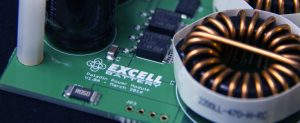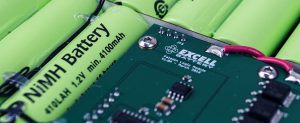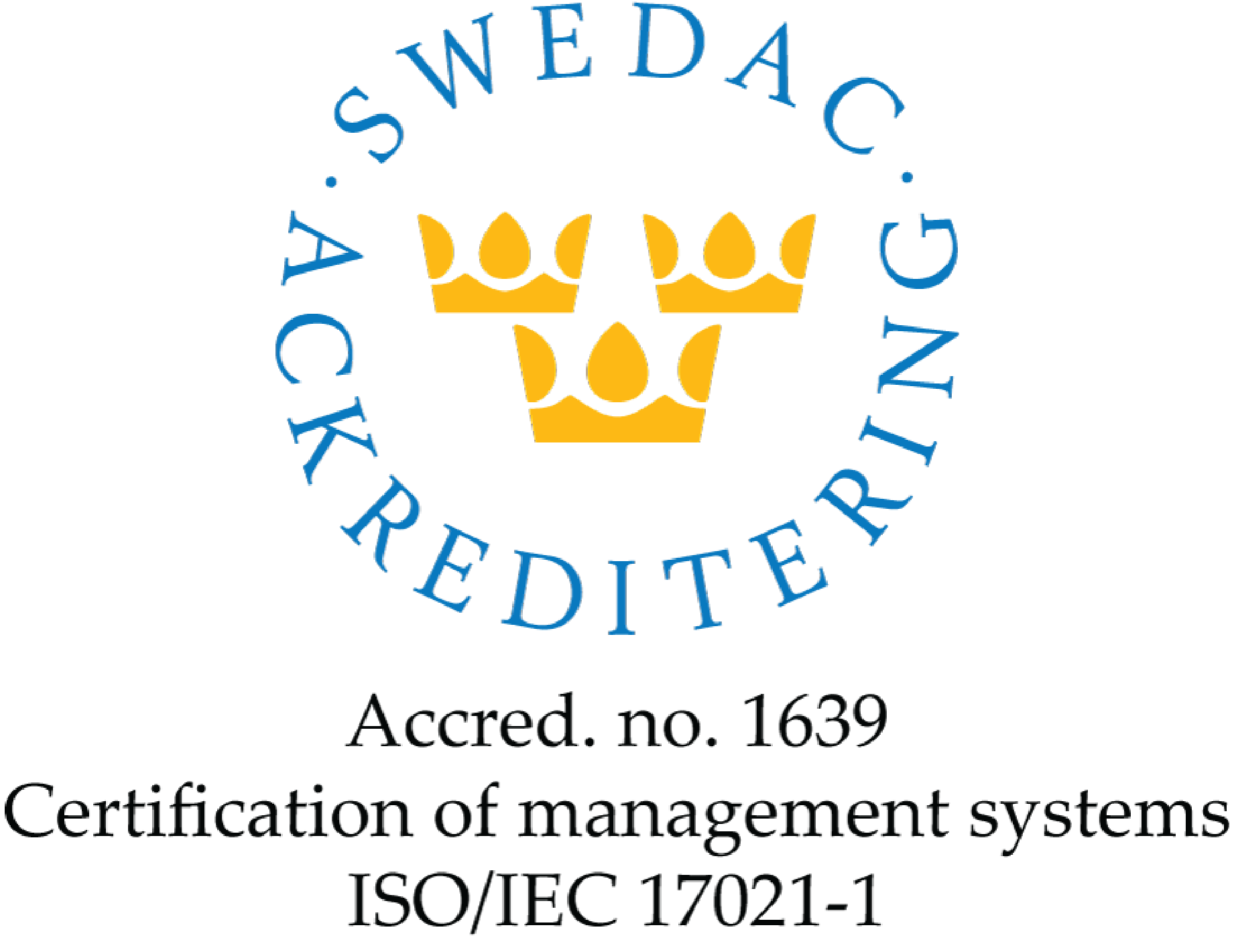Battery Management Systems (BMS)

Li-ion Protection Circuits also known as Battery Management System (BMS), service a vital function for the safe and efficient operation of any Li-ion, Li-Poly or Iron Phosphate battery pack. The key building blocks of a Li-ion pack are a good quality cell and a good quality BMS.
A standard BMS will protect the pack against Over Charge, Over Discharge and External Short Circuit. These board features serve the purpose of protecting the battery pack from reaching an unsafe condition, which also protects the user.
Protection Device
At its most basic level a protection circuit can be thought of as a fuse. This means the Discharge Profile of a device must be considered when choosing the protection circuit as well as the cell. Important load numbers to consider…
- Continuous Current
- Peak Current
- Peak Current Duration
- Time Between Peak Current
Discharge Rates
Continuous Current and Peak Current can be the obvious discharge rates to factor but just as important are the Peak Current Duration and Time Between Peak Current. Understanding all four and consulting the BMS data sheet are vital steps in a battery pack design process. If Peak Current Duration and/ or Time Between Peak are beyond the ‘Over Current’ limits, the load must now be treated as Continuous Current. This may require a different BMS to be selected.

Charge and Discharge Shut Off
As BMS safety features are intended to protect the cells, the board must not be used for operational control of a device. Charge and Discharge Shut Off must be controlled by the equipment the battery pack is part of. Should the device shut off fail the battery pack BMS acts as a last line of defense.
Fuel Gauging
More complex protection circuits can also be incorporated with a Fuel Gauge (FG), allowing battery life to be read either by the equipment it is used in or displayed for the user. Programming is required for Fuel Gauge boards also known as Learning Cycles. This ensures the BMS operates within the exact intended limits of the customers device. Excell creates this program based on customer supplied info and the programming is part of our assembly and QC process.

BMS Designs
Excell Battery’s Engineering Team designed our library of stock BMS boards which allows us to cover a vast array of projects with quick turn solutions. However, we also design custom boards when required for specific projects. All our designs incorporate 10k NTC and Redundant Fuse. The latter adds an extra layer of protection but is also a requirement to pass certifications such as UL2054 and IEC62133.



